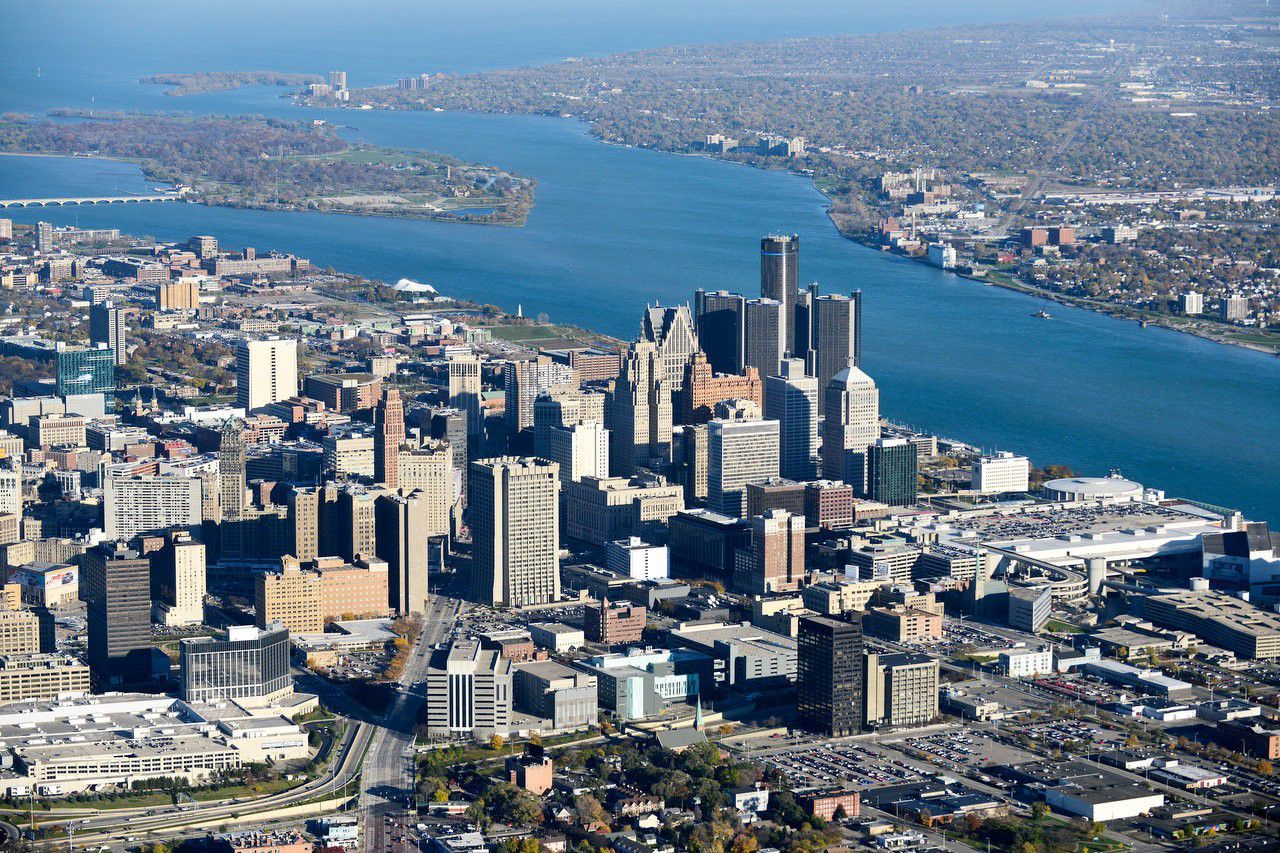The second edition of the Manni Group Design Award, the international architecture award that identifies the sustainable solutions that are able to write the future of our cities, is underway. The prize money of €20,000 will be awarded to the most sustainable and innovative designs by a prestigious panel of international starchitects.
Following the success of the Xi’An Train Station Contest in 2019, with excellent proposals that arrived from 75 Countries around the world, the spotlight this year moves to the United States: the competition launched by Manni Group, in collaboration with YAC - Young Architects Competitions and Sterling Group, invites participants to design a new mixed-use district in the urban vacuum on the riverfront and among the skyscrapers of downtown Detroit, Michigan.
Architecture as urban rebirth driver
The subject, therefore, is urban regeneration, linked to offsite steel construction, that offers a response to the principles of sustainability, recyclability of materials and energy savings, combined to guarantee minimal environmental impact while granting the designer maximum freedom of expression.
The ideas competition was officially presented on 13 October during the digital talk Architecture as urban rebirth driver, which welcomed three of the members of the Manni Group Design Award jury for an outstanding panel: Jorge P. Silva of Aires Mateus, Giovanni De Niederhausern of Pininfarina and Giulio Rigoni of BIG - Bjarke Ingels Group shared reflections on the fundamental role of architecture in the redevelopment of cities, highlighting the importance of basing strategies and policies on environmental sustainability.
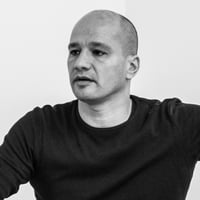
Jorge P. Silva led us to the discovery of urban renewal projects in prestigious historical contexts in Portugal, specifically of the main squares of Porto Côvo, a small village in the south of the Country; of the city of Vila Real de Santo Antonio; and of the city centre of Lisbon - following a devastating earthquake in 1755: gathering places that function as hubs for the citizens’ main activities.
De Niederhausern of Pininfarina showed us how the re-design of a single building or infrastructure can be a strong stimulus for an entire district. In fact, the focus of his speech was precise urban planning: it consists in leaving large-scale projects aside to concentrate on small targeted interventions. This
 The case histories shown include: Cyrela, a residential building in the suburbs of San Paolo, Brazil, which was the project that started the subsequent redevelopment of a much wider area; Vilnius 5G Opera House, in Lithuania; and ATC Tower, the control tower of Istanbul airport, to which the DFM (Design for Manufacturing) methodology was applied which envisaged the offsite construction of the entire building, resulting in a considerable reduction of the costs given the accelerated onsite assembly times. makes it possible to optimise sustainability results at various levels: economic, social and environmental.
The case histories shown include: Cyrela, a residential building in the suburbs of San Paolo, Brazil, which was the project that started the subsequent redevelopment of a much wider area; Vilnius 5G Opera House, in Lithuania; and ATC Tower, the control tower of Istanbul airport, to which the DFM (Design for Manufacturing) methodology was applied which envisaged the offsite construction of the entire building, resulting in a considerable reduction of the costs given the accelerated onsite assembly times. makes it possible to optimise sustainability results at various levels: economic, social and environmental.
Giulio Rigoni transported us to Brooklyn for the conversion of the Brooklyn Queens Expressway infrastructure - a highway structure on three levels - in a waterfront park, the Brooklyn Queens Park. The primary focus of the intervention, represented by the connection between citizen and nature, is associated here to urban viability topics. The increased efficiency of the road network of the surrounding area, thanks to the removal of the architectural barrier present, makes for more continuity between the urban Brooklyn Heights area and the Brooklyn Bridge park, also guaranteeing easier and safer access to the riverfront, considerably improving air quality. This regeneration operation proved that it is necessary to involve all Stakeholders, thus guaranteeing the identification of the best solution for the city.
Queens Expressway infrastructure - a highway structure on three levels - in a waterfront park, the Brooklyn Queens Park. The primary focus of the intervention, represented by the connection between citizen and nature, is associated here to urban viability topics. The increased efficiency of the road network of the surrounding area, thanks to the removal of the architectural barrier present, makes for more continuity between the urban Brooklyn Heights area and the Brooklyn Bridge park, also guaranteeing easier and safer access to the riverfront, considerably improving air quality. This regeneration operation proved that it is necessary to involve all Stakeholders, thus guaranteeing the identification of the best solution for the city.
The link with the second edition of the Manni Group Design Award was made directly by Sterling Group, the project’s developer, which at the end provided a vision of Detroit’s evolution, which rises from the ashes of a complex past towards growth and a future full of opportunities.
Detroit Waterfront District
At the start of the 1940s, Detroit was called the “arsenal of democracy”. However, in the last decades, massive depopulation and the consequent degradation of the suburbs transformed one of the most vibrant American metropolises in the largest ghost city ever known: an endless succession of battered houses, desert streets, abandoned buildings.
In one of these urban vacuums, at the site of the former Joe Luis Arena, which looks on the Detroit river across from Canada’s shore, designers were called upon to intervene and re-design the future leisure and entertainment heart of the city. The Detroit Waterfront District will become a dynamic attraction hub with luxury residences, hotels, a business area, commercial and cultural centres; a vibrant and sustainable centre,which will preserve the link with the elements that make up the Michigan metropolis: the presence of the water and of urban green, in fact, will be focal points for social gatherings and well-being.
Each intervention must draw its inspiration from the principle of energy sustainability and environmental compatibility. Priority will be given to dry construction with steel technologies, consistently with the architectural and density features of the city centre. This is why competitors are offered a schedule of project nodes that make it possible to obtain one of the four specific mentions recognised by the competition’s partners.
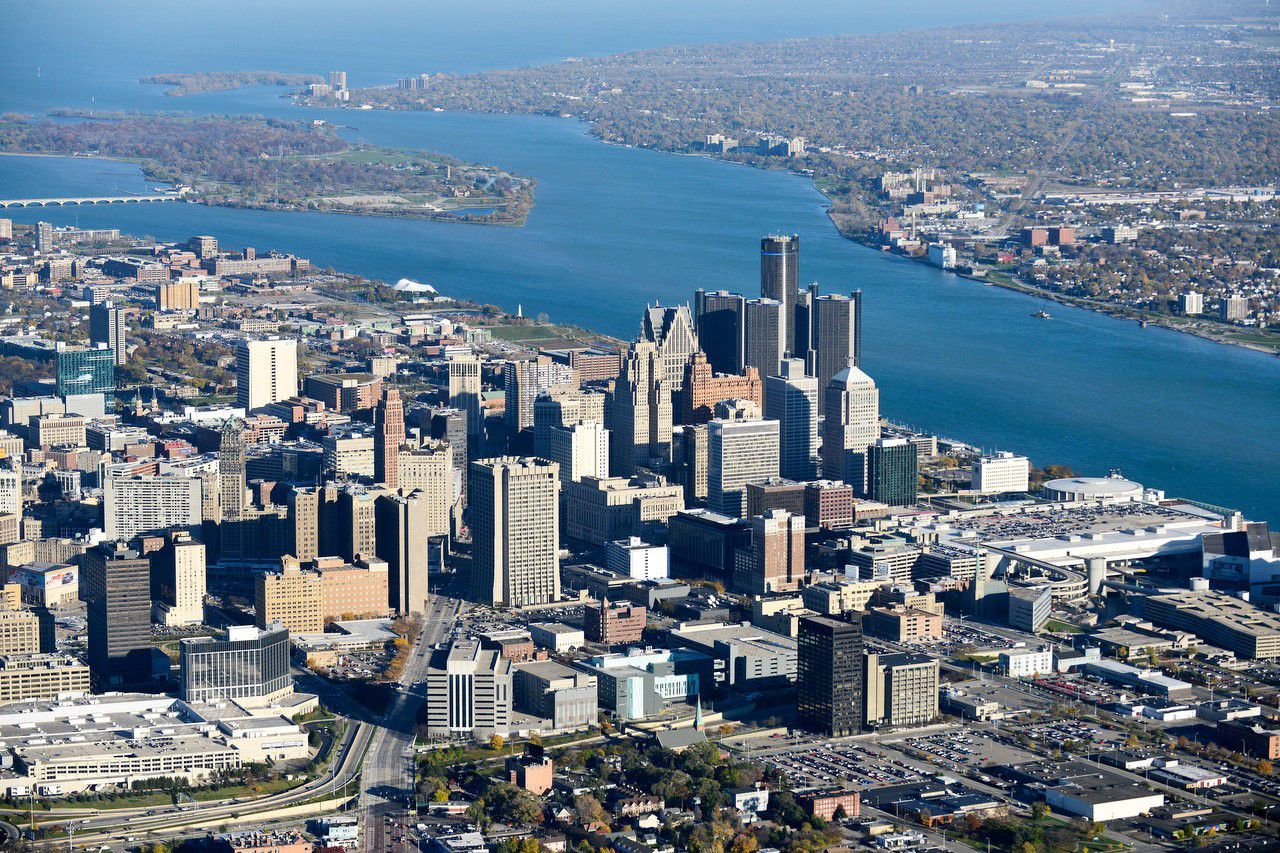
Manni Group: steel and sustainability
The Italian Manni Group offers systems, solutions and skills for the sector of dry construction with steel, promoting new scenarios to overcome the energy waste and the polluting emissions of existing real estate. Over 75 years of activity, the Group has expanded beyond national borders, promoting the principles of Circular Economy and sustainable construction.
A commitment that has been translated into the processing of materials like steel, 100% recyclable, and in the manufacture of products that help meet the criteria to obtain the LEED and BREEAM certifications, in compliance with national Minimal Environmental Criteria (CAM). In addition, the Group uses instruments aiming at transparency, such as the EPD and the DECLARE label issued by the ILFI - International Living Future Institute.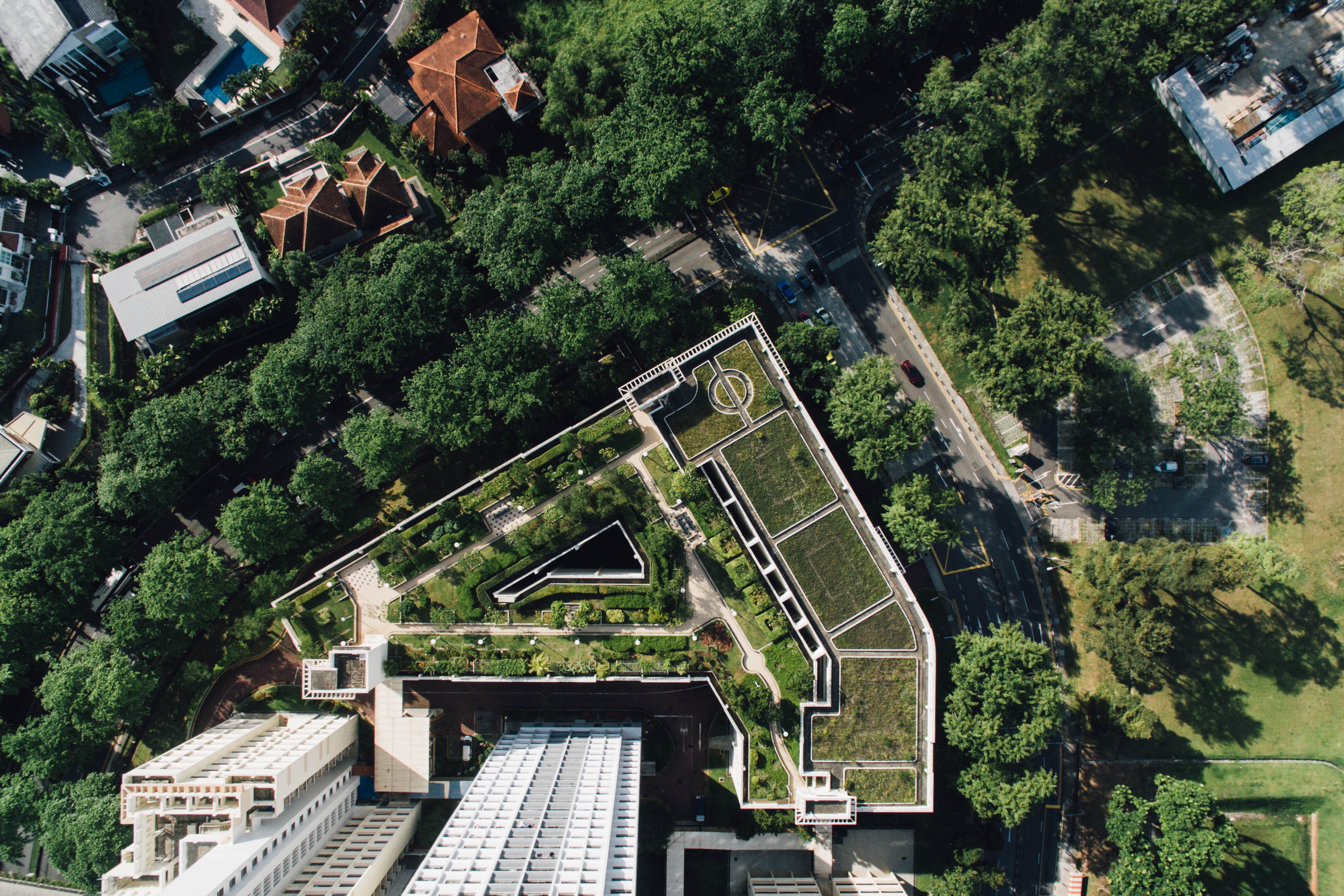
Now more than ever, looking to the future means endeavouring for a more sustainable world, able to preserve existing resources and opportunities for the new generations: this is how the Manni Group Design Award 2020 contest becomes a prestigious and sophisticated appointment, aiming to stimulate international debate and able to draw the lines of change by making the best use of young architects’ talent.
The international panel
Thanks to the support of YAC, a Bologna company that promotes ideas and architecture competitions, the Detroit Waterfront District contest will involve a community of over 4,000 professionals around the world. The most sustainable and innovative projects will be selected by the prestigious panel of the Manni Group Design Award, made up of architects and designers of international fame.
The panel has 14 members, among which starchitects such as Daniel Libeskind (Studio Libeskind), Giulio Rigoni (BIG Bjarke Ingels Group), Jorge P. Silva (Aires Mateus AA), Marie Hesseldahl Larsen (3XN), Marcos Rosello (aLL Design).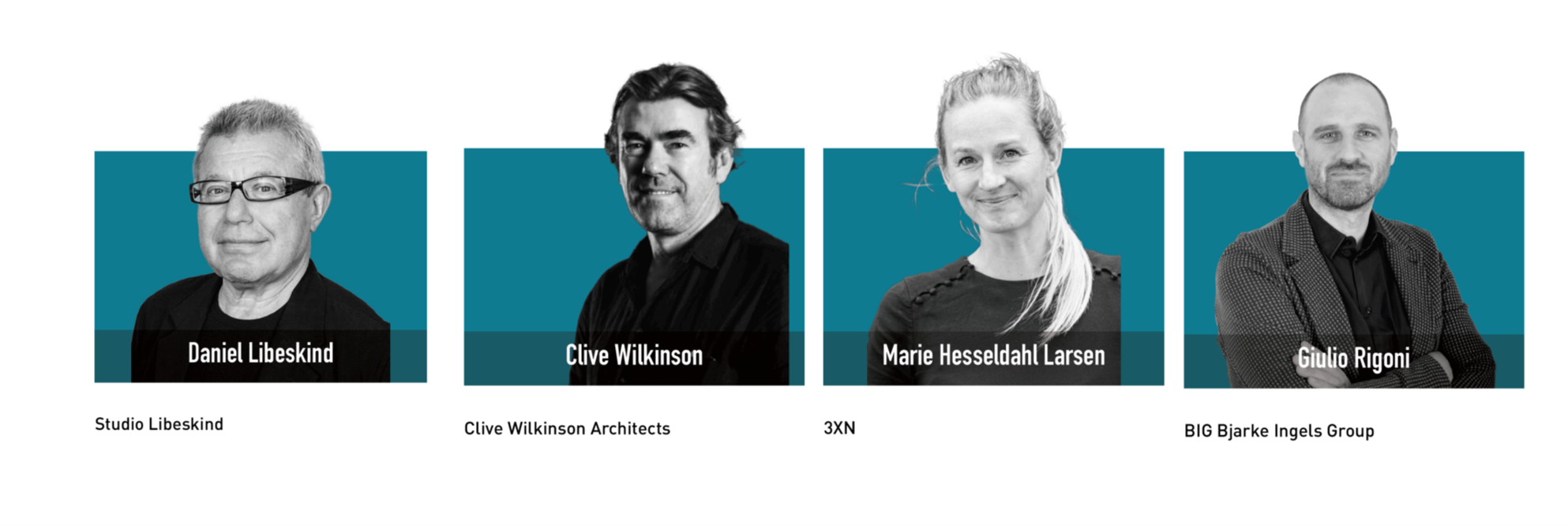
Moreover, the initiative has partnered with: Colorcoat Prisma® by Tata Steel in its capacity as Main Sponsor, who will assign a Gold Mention to design façade projects; Dow, a multinational company dedicated to the Chemicals sector, and Rockwool, a leading company in the production of solutions in rock wool, as Sponsor.
